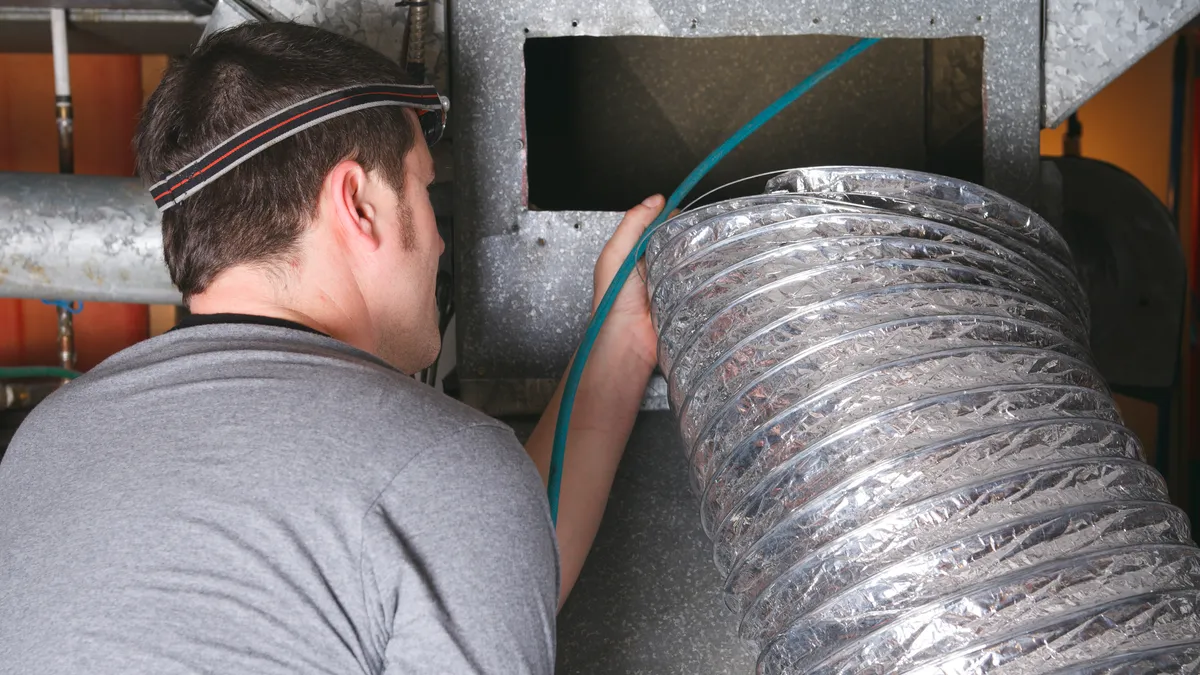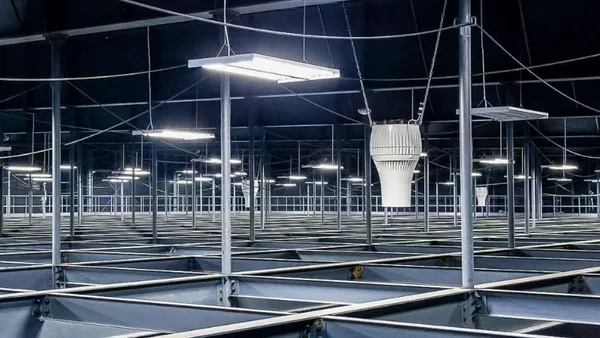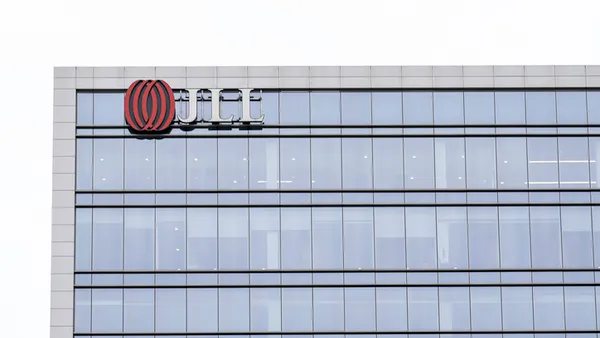Dive Brief:
- Facilities management teams can combat growing work orders, shrinking budgets, a shortage of qualified staff and tighter margins this year by implementing software automation and other innovative technologies, per a report from JLL released Tuesday.
- Over 55% of facilities management leaders believe work order volumes in 2024 will increase compared with 2023 levels, according to more than 230 respondents surveyed by JLL. The anticipated increase in work order volumes will challenge the 42.6% of respondents who reported their facilities management teams as understaffed, driving the need for facilities management software that can automate repetitive, labor-led tasks, JLL says.
- Software automation can currently accelerate 80% of facilities management workflows, however, JLL says. Automating processes such as work order request assignments can help address understaffing issues, making it crucial for facility managers to leverage software and related technology to accelerate work order completion, achieve cost savings, ensure compliance and raise team performance, according to the firm’s 2024 State of Facilities Management Technology report.
Dive Insight:
The mass retirement of older facility managers that began in 2018 is expected to leave thousands of facilities management positions unfilled through the end of the decade, JLL says. For facilities management teams that reported being understaffed, relief is unlikely to come soon, with 64.8% of respondents listing hiring freezes and budget constraints as major barriers to achieving full staffing, according to the report.
Other obstacles include an “ongoing war for talent,” especially at the managerial level, pushing 35.7% of respondents to name a lack of well-qualified candidates as an impediment to hiring additional facilities management staff. Twenty percent said limited funds for ongoing staff training and development pose a challenge, while 13.5% noted that a competitive job market has driven up hiring costs.
To meet the growth in work orders with fewer staff, 39.6% of facilities managers expect to increase their investment in facilities management software this year, while 44.8% said they expect their investment in such software to stay the same and nearly 5% cited expectations of a decline, the report says.
Half of facilities management teams said implementing proactive management of work orders is their number one software priority, as it is proven to be cheaper, quicker and safer than reactive repairs over the long term, JLL says.
As operators turn to proactive maintenance, they should work to reduce reactive repairs, as is best practice, according to the report. HVAC repair was the most common reactive work order category for 71.7% of respondents, followed by plumbing and electrical repairs for 53.9% and 27.4% of respondents, respectively. These areas are thus “prime candidates for preventive maintenance schedules, which can easily be set up inside FM software,” JLL says.
Meanwhile, automating facilities management tasks is the number one outcome that 27.4% of respondents said they expect from implementing work order management software.
Work order management software that can provide analytics and insights for identifying and addressing inefficiencies was a top choice for 20.9% of respondents who noted that such data can also help boost team performance. Likewise, an equal proportion of respondents said ensuring work completion in compliance with regulations and service-level agreements is a top outcome they expect from work order management software. Respondents also said mobile applications with augmented reality can help field technicians proactively anticipate maintenance needs and tap into predictive maintenance to avert downtime and unscheduled maintenance work, improving efficiency and cutting costs.
The frequency of reactive maintenance varies by industry, however, per the report. While plumbing is the most common reactive work order for restaurants, the highest percentage of janitorial work was for education, which also ranked lowest in reactive repairs for HVAC, per the report.














